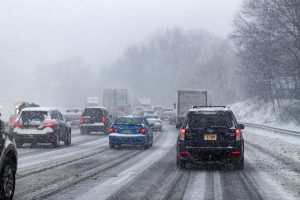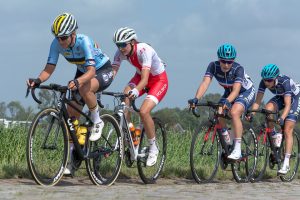When Doris the iguana leapt onto a Northamptonshire firefighter’s helmet in a desperate bid to escape a house fire earlier this year the resulting picture went viral.
Behind the headlines though was a message worth reinforcing – it’s not just humans that we save. This is particularly the case at Wellingborough Fire Station where crews are specially trained in animal rescue.
Russ Thorne is the manager of the station’s White Watch and helps train crews on the do’s and don’ts of what can be a more dangerous task than many would imagine.
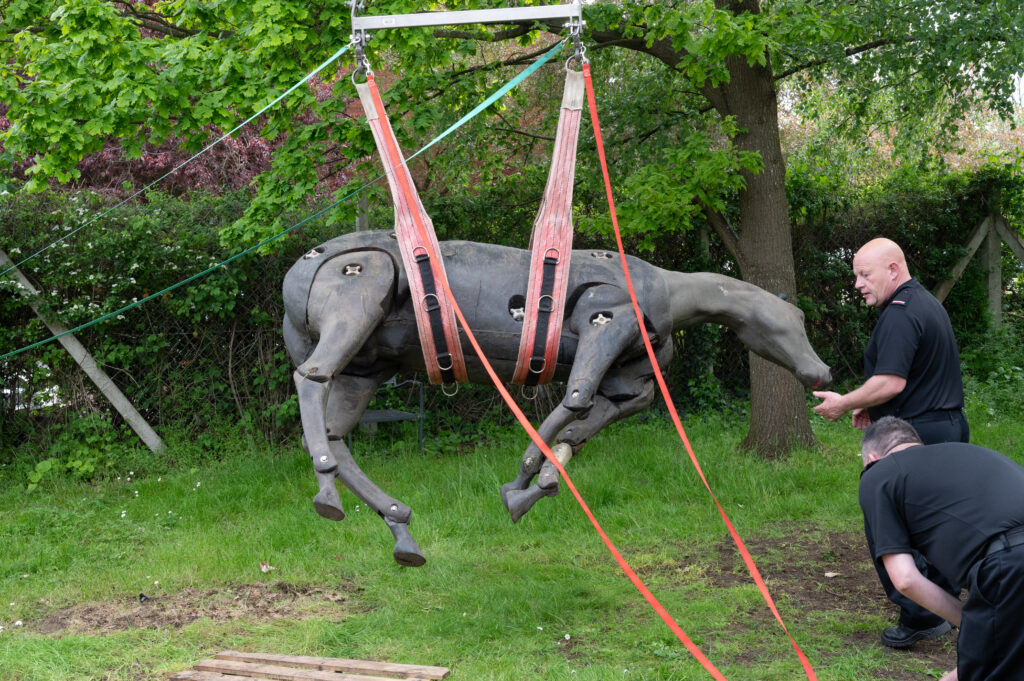
“We have just taken on a new role working with dangerous dogs to assist the RSPCA in their ventures and it is also something we can do to help with the police when it comes to getting dogs out of houses or drug dens,” explains Russ.
“But we’ll predominantly attend livestock incidents, though it ranges from a cat rescue all the way up to large cows, sheep and pigs. There is no boundary on the type of rescue we attend, it’s very versatile.”
At times it might not be pleasant, there are disease risks on farms which need to be mitigated and, if not done properly, rescues with animals such as horses can result in serious injury. It is avoiding those incidents and balancing it with the welfare of the animal that requires regular training at the station.
Helping them in their efforts is what turns out to be the busiest of all the special vehicles in the county, the UNIMOG, which went out 113 times in 2020. The five-seater beast weighs 14 tonnes and is as effective a machine as it comes.
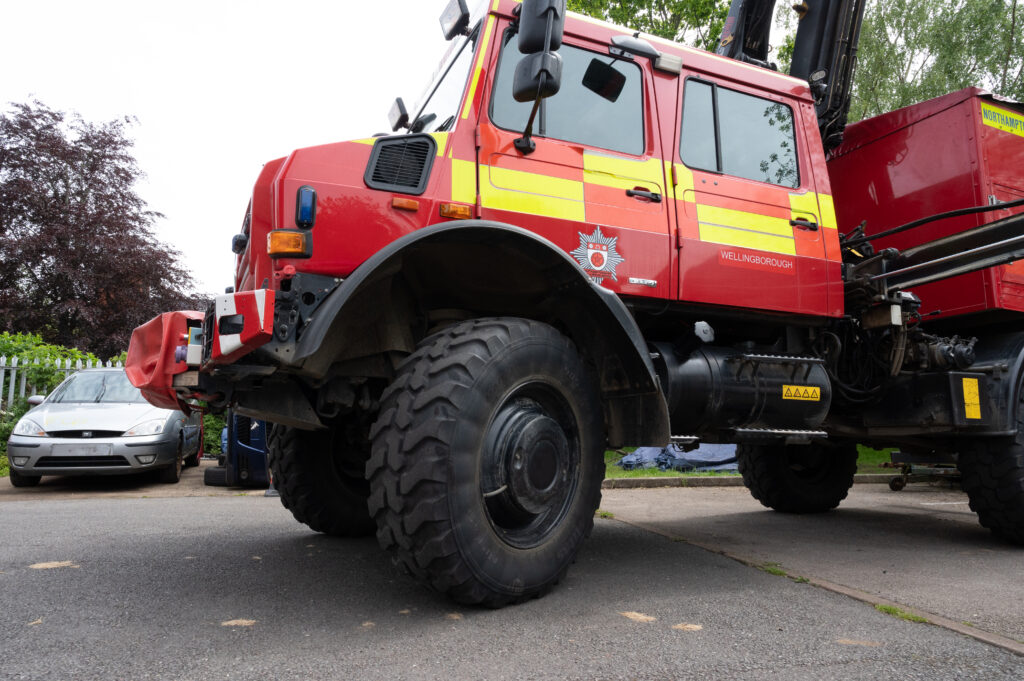
Russ says: “A big reason we have it is because of its off-road capabilities. Not many brigades have one, especially not for animal rescue like we do. On the back of it we have the crane which we can use to lift animals that are stuck on their sides or submerged in mud or in rivers or trenches.
“It will pretty much go anywhere off-road. It works in all conditions, so flood water, icy roads, snow, you name it. Most of the rescues we attend will be on farms, so we need that off-road capability and it means we can go pretty much anywhere without getting stuck. It’s not the quickest of appliances, but once it’s there it’s brilliant.”
Incidents are not without their challenges. As well as the threat of injury to firefighters unless animals are sufficiently sedated – crews are shown grisly examples of poor practice in the past – the rescues can become emotional experiences for owners and can often draw crowds that panic the animals.
But such is the reliability of the crew and the UNIMOG that it is regularly called across borders to help with animal rescues in neighbouring counties.
“The facilities we have are excellent and we’re trained to a high standard,” says Russ. “We’ve had an animal rescue unit here for some time, so we have knowledge and experience.
“Every year we evolve – we extend our training, the guys get more experience and we get better and better. Any county that is struggling can call upon us, and I think we’re one of the best in the country at what we do.”
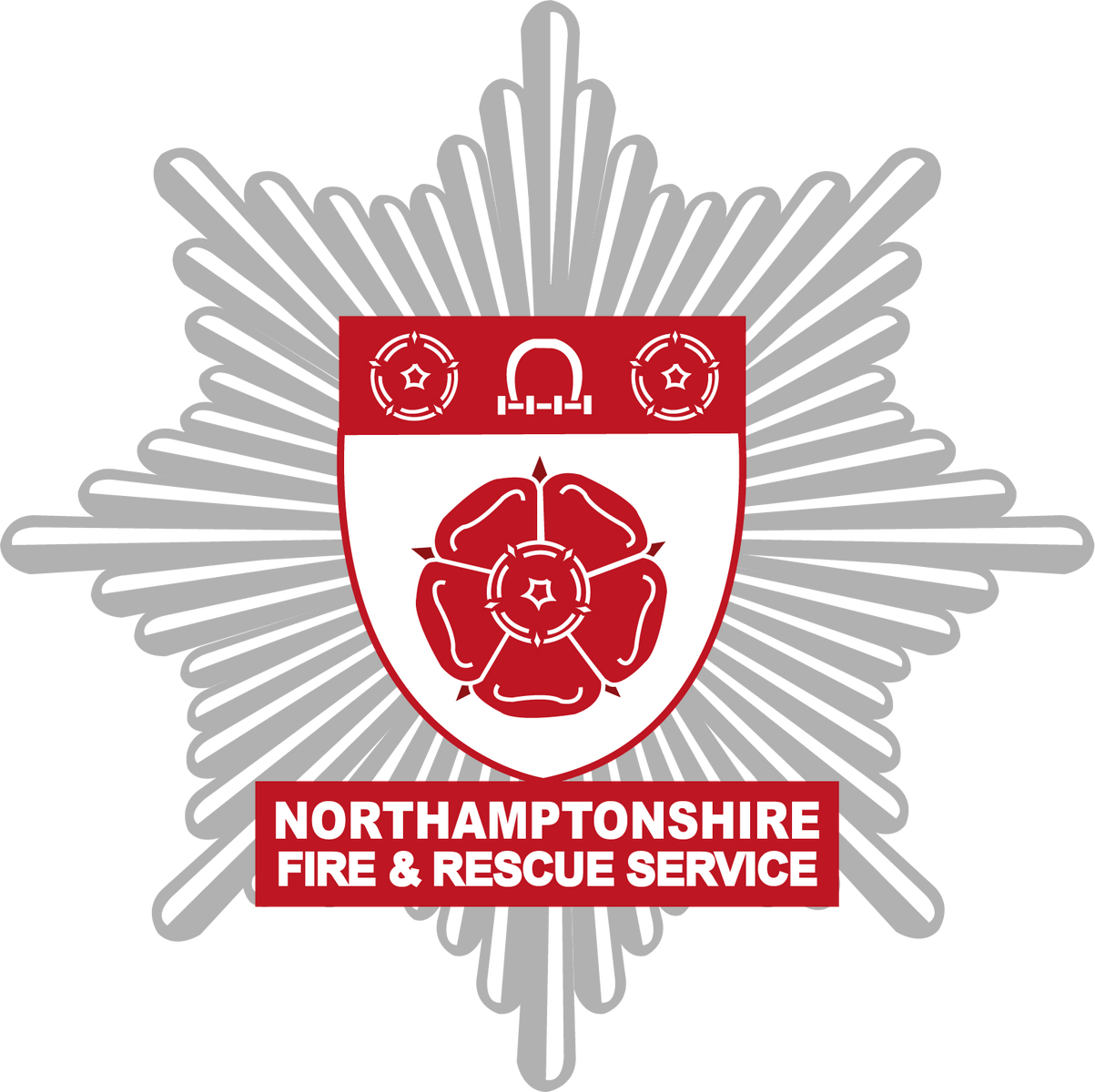

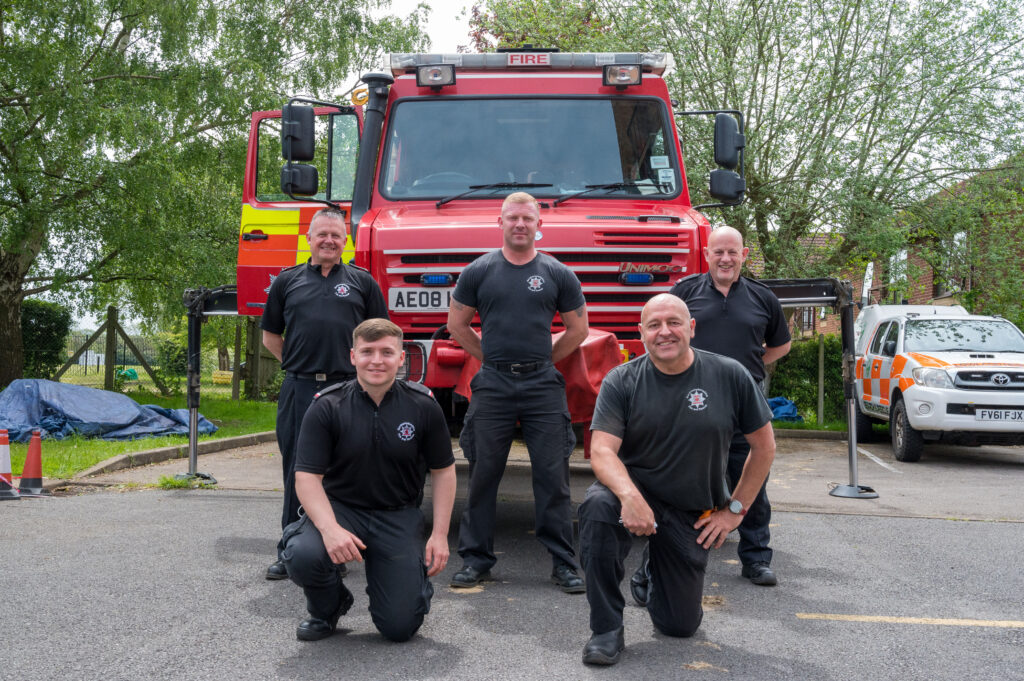

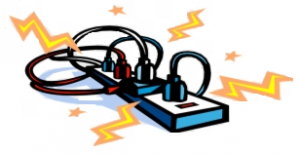



 Fire Risk Assessment (worked example for House in Multiple Occupation (HMO)) (PDF 389KB)
Fire Risk Assessment (worked example for House in Multiple Occupation (HMO)) (PDF 389KB)